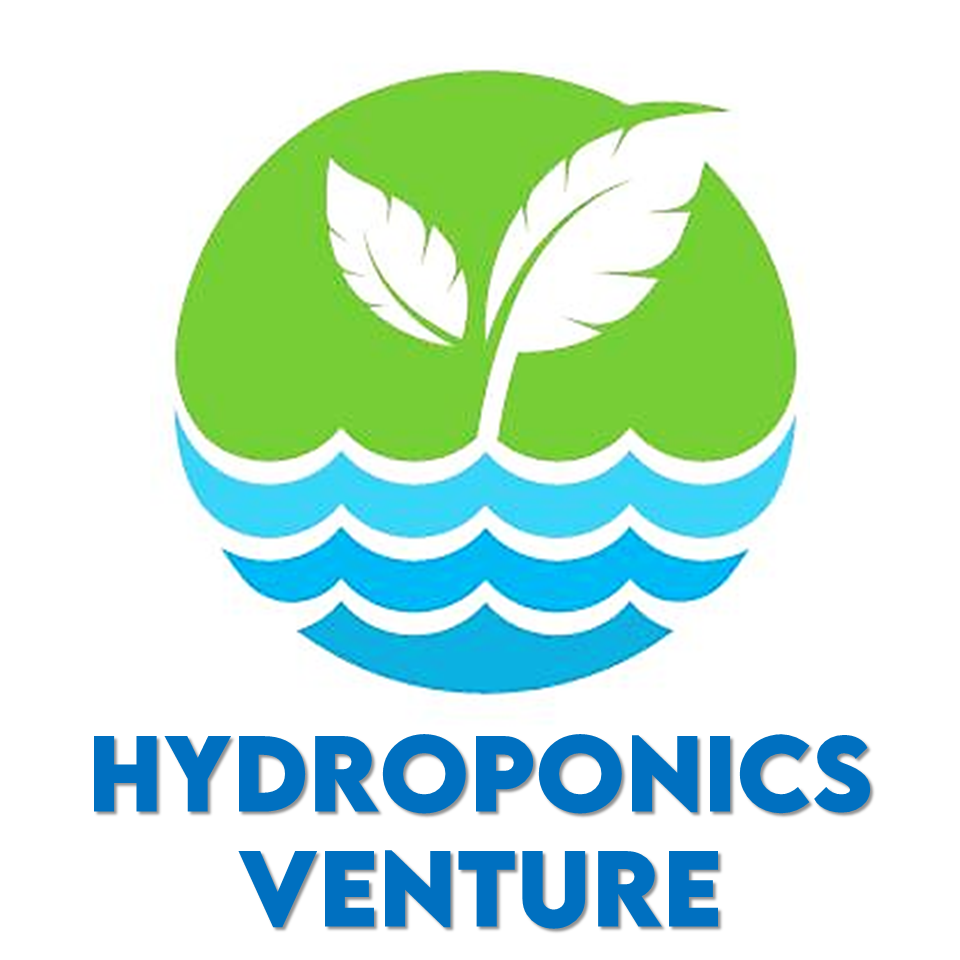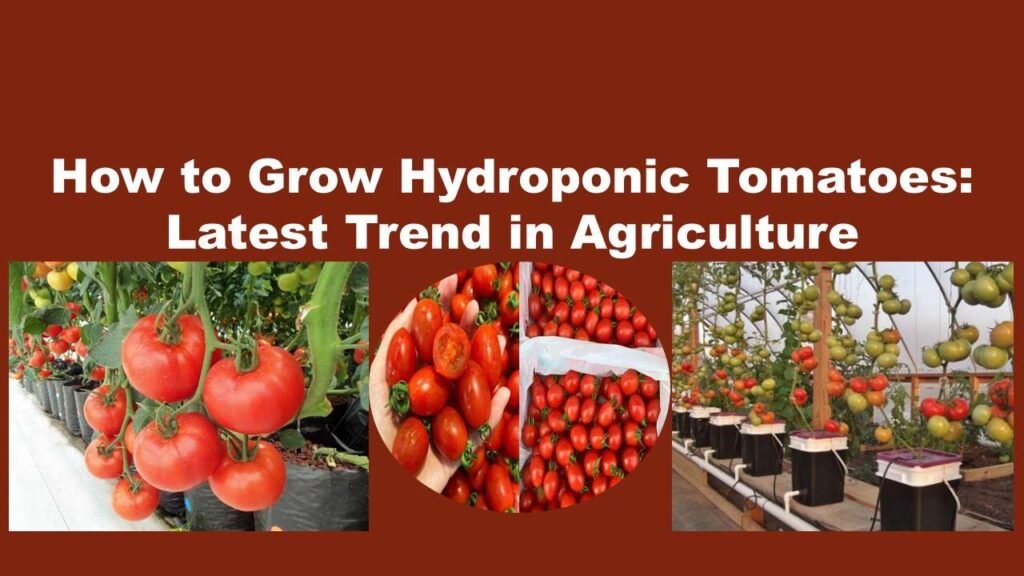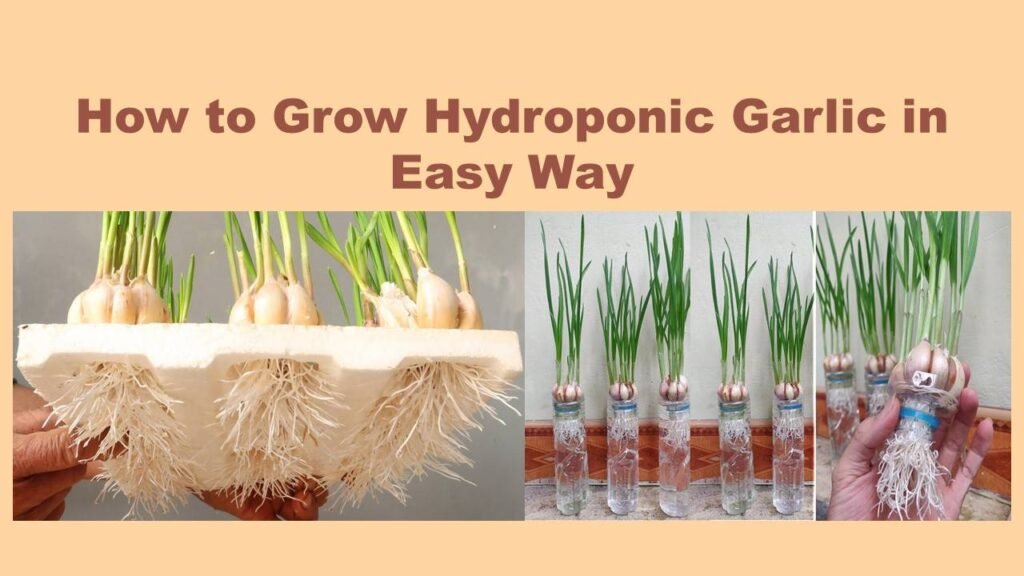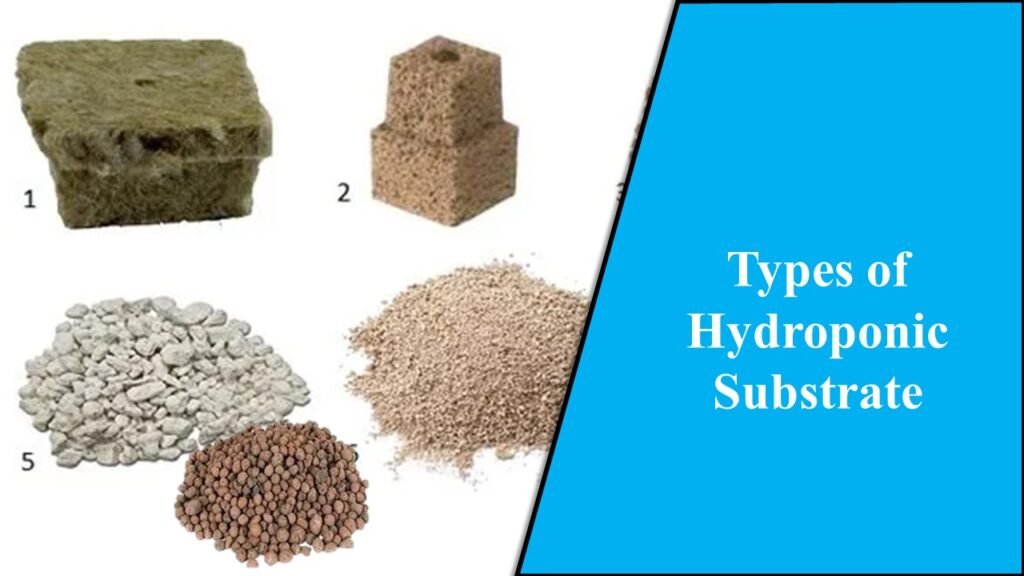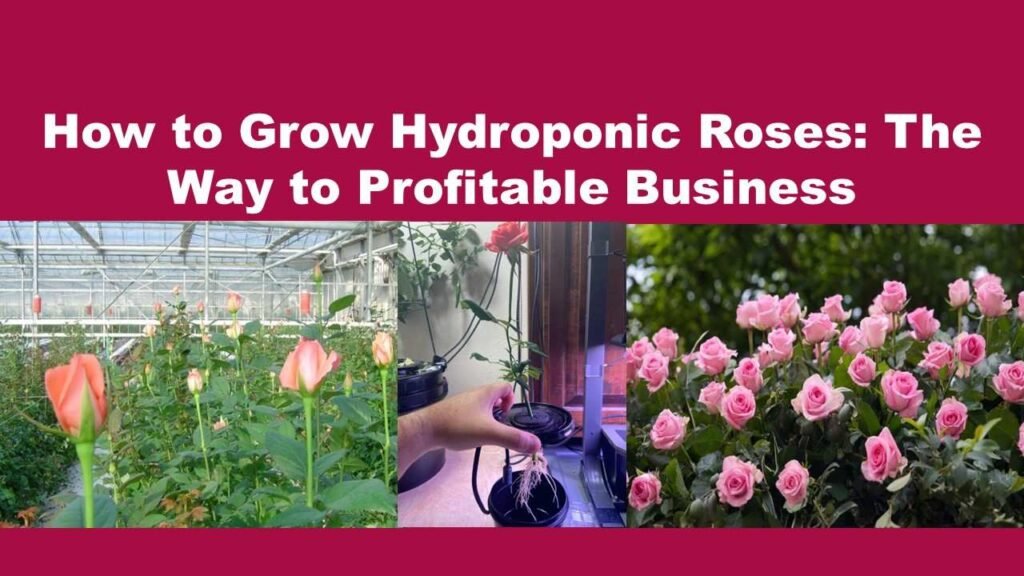How to Prevent Root Rot in Hydroponics
Are your plants experiencing wilting and discoloration in a hydroponics system, and you have no idea what to do next? Worry not, because you have reached the right mentor.
One of the most common issues faced by hydroponic growers is ‘Root Rot’, a sneaky enemy often triggered by poor drainage and overly humid conditions. This disease can be caused by fungi, bacteria, or mold (commonly Pythium and Fusarium), and it typically flourishes in warm, oxygen-deficient nutrient solutions. Although diseases in a hydroponics system are uncommon and a controlled environmental condition makes plant growth easier, it still needs your time and attention.
You will hear it all the time, that Root Rot is a death sentence for your plants, but that’s not entirely true. Yes, it can be stubborn and damaging, but with timely intervention and the right techniques, it can absolutely be managed and even reversed. And as the saying goes, “Prevention is better than cure.” So before we dive into how to treat Root Rot, let’s first understand how to prevent it.
How to Identify Root Rot?
As roots are the target here, identification can be done by observing the nutrient supply in the whole plant. Poor root structure can’t carry enough nutrients and water to all plant parts, which causes droopy leaves, discoloration, wilting, and abnormal growth.
In a hydroponics system, the plants are always in contact with water and nutrient medium, which increases their exposure to the pathogens that can thrive best in this condition, but luckily, you can easily check on the roots, around which a slimy layer is formed with distinct brown color and foul smell when disease occurs.
Another way to check for root rot is by observing the time taken between watering and its absorption. If the absorption rate is low, we can say that the problem is residing in the root system.
How to Prevent Root Rot in Hydroponics | How to fix root rot hydroponics
For a disease occurrence or pathogens to survive in a host, the conditions given in the ‘Disease Triangle’ need to be fulfilled. This means that when a susceptible host is infested by a virulent pathogen under a conducive environment, only then does the disease occur. To prevent Root Rot, eliminate any of these three conditions and your plant will be shielded against the pathogen. But, even if you want to choose, you can’t choose the pathogen, and hydroponics crop varieties are limited. So the best preferred way is by monitoring and mitigating accordingly.
Conducive Environment for Root Rot Pathogen:
For the thriving of all fungi and bacteria causing root rot, like Pythium, Fusarium, or Erwinia, environmental conditions are quite similar. A warm temperature above 77°F(25°C), with poorly oxygenated water(usually under poor drainage), high humidity, and inadequate ventilation are conducive to the growth of these pathogens.
Sometimes, overcrowding of plants, contaminated systems, or pathogens carrying water streams can also bring the disease into the system.

Preventive Measures:
- Maintain Hygiene: A clean and treated system has less chance of catching the disease. Every equipment used in the system needs to be carefully disinfected. Keep the doors of the system set up close and don’t allow too many people to enter the place.
- Regularly Change Reservoir Water: We know that hydroponics systems are supposed to conserve water by circulating the water in the system over and over again. However, it may lead to severe bacterial growth in the reservoir. To prevent it from happening, change the reservoir at least once a week. This way, plants will receive fresh water, and the Nutrient absorption gets better.
- Maintain Adequate Temperature: Warm temperature is one of the primary causes of Root Rot in Hydroponics systems. Try to maintain a temperature between 65°F – 68°F (18°C – 20°C). This is why we are emphasizing regular monitoring because temperature regulation is a must, but it varies in a period of short durations.
- Avoid Sunlight Exposure from Roots: Make sure that only the leafy part of the plant is exposed to the source of light in the system; keep the roots hidden because exposure to sunlight can cause profuse algal growth and microbial attack in the system.
- Supply Oxygenated Water: The water in a hydroponics system must be oxygenated for a healthy crop. You can add a water pump, air stones, or air diffusers to do so. Root Rot won’t thrive in well-oxygenated water.
- Elimination of Organic Matter: There is a ‘Zero Tolerance’ condition for organic matter in a hydroponics system. This means using the right fertilizer and substrate in the right quantity is essential. It is to reduce the nutrient media in the system for pathogen survival.
- Addition of Beneficial Bacteria and Root Enhancer: There are multiple beneficial bacterial solutions available in the market like Aquashield, rooters, Piranha, etc. It helps prevent disease by competing with harmful pathogens, improves nutrient uptake, and enhances root health, creating an environment that’s less favorable for disease development.

Control Measures
Even after following all the preventive measures, there is still a chance of disease infestation in the system. As soon as you observe signs of Root Rot, even in just one plant, it is wiser to start control measures.
First of all, the infected plant should be removed to prevent the disease from spreading. Clean the system and prune out the infected roots. Add Hydrozymes and beneficial microbes to prevent their spread. Decrease lighting by 75% and refill the nutrient solution with 50% strength only.
Initially, only add bio fungicide and observe the results. If the infection is severe, add the recommended dosage of Hypochlorous Acid or H2O2. Some sources also recommend using Subculture B to get rid of the rot. Many others have reviewed that adding H2O2 has become a timely routine due to undetectable infection of disease in the whole system. However, it kills both the good and bad microbes in the system. Therefore, the addition of Hydrogen Peroxide should be as minimal as possible.
Make sure to drain out the solution every week and replace it with a fresh one. Check for proper aeration and the right temperature. As the plants go back to their normal self. Increase the light intensity and nutrient dose, but keep adding biofungicides to play safe.
Conclusion
Root Rot is common in indoor growing plants, and a sworn enemy in a hydroponics system, where the roots are always in contact with water. To protect your system from this ugly disease, you need to take preventive measures from the very start till the end. But even after your reluctant efforts, if the disease somehow enters the system, take control measures as early as possible. And that can only be done at the right time if you are keeping a serious eye on your system. So a simple fact is that ‘ Root Rot in Hydroponics can be prevented and controlled if the grower pays enough attention to the system.’
Join Our Hydroponics Growers Group!
Connect with fellow hydroponics enthusiasts, share your ideas, ask questions, and grow together as a community.
👉 Join WhatsApp Group